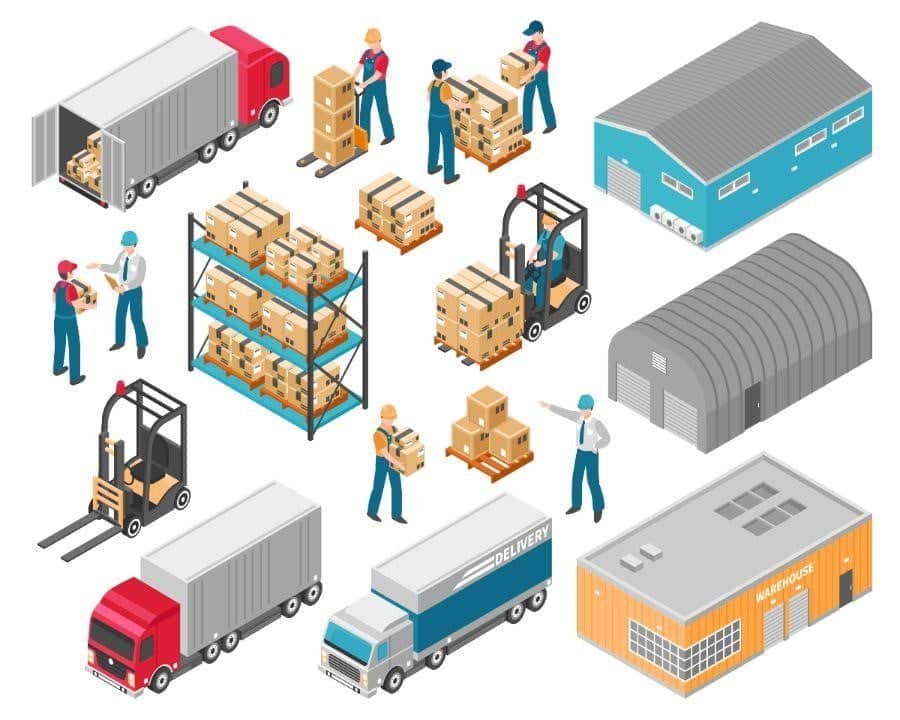
You’ve probably asked yourself the following questions more than once: How do our favorite cookies get to our regular supermarkets? And how do those jeans I ordered online get to my house? Well, the answer is easy: through numerous agents involved in the product distribution and its marketing.
It’s a perfectly meshed system that brings manufacturers and consumers together, but which channel is the most suitable for my business?
Distribution channels are the set of means used by a company to get the product from the manufacturer to the final customer. This will guarantee the success of your business in the medium and long term.
Types of distribution channels
Nowadays, almost everything revolves around the Internet and e-commerce shopping. For this reason, distribution channels have undergone logical changes to adapt to new technologies and digitalization.
This fact has caused a rapprochement between manufacturers and consumers, thus eliminating the participation of distribution agents in many cases.
Distribution channels may vary according to the sector. Below, we will briefly explain two types of distribution channels: direct channel and indirect channel.
Direct channel
The company itself is responsible for getting its product to the final customer without intermediaries. Therefore, it does not delegate storage, customer service or transport processes. An example of a direct channel is HP company, since they are in charge of their own distribution.
Indirect channel
Unlike the direct channel, distribution and marketing is done by different companies to the producer. This means that the distribution chain is made up of intermediaries.
To know which channel is the most suitable for our business we should consider costs, prices, business strategies, industrial sector, type of market, etc. Each type of channel will offer different control over the product and its marketing.
Types of distribution strategies
When planning a distribution strategy in a company, it is important to remember that it must always be based on the types of channels we want to use and the coverage we want to achieve with that channel. There are different alternatives depending on the public and the sector we are going to address.
1. Exclusive strategy
In the exclusive strategy, the sale is made through a single intermediary: the middlemen commits to make a minimum number of sales of a particular product and not to distribute those of the competition. This means that there will not be two establishments that can sell the same product or brand within the commercial area.
2. Selective strategy
In the selective strategy, distribution is carried out via several intermediaries, but it will always be a limited number of intermediaries. Selection will be made according to the sector, importance, prestige of the agent, market position, etc.
3. Intensive strategy
In the intensive strategy, the sale is made through multiple agents with the aim of placing the product in as many shops as possible, that is, trying to reach all the possible points of sale. This strategy is very typical of frequent consumer goods.
In short, each business should analyze which distribution channel and strategy are the most suitable for generating greater sales at minimum cost, taking into account their own products, distribution capacity and business strategy.
Also note, that the type of channel and strategy to be chosen will affect issues such as positioning or brand image.
